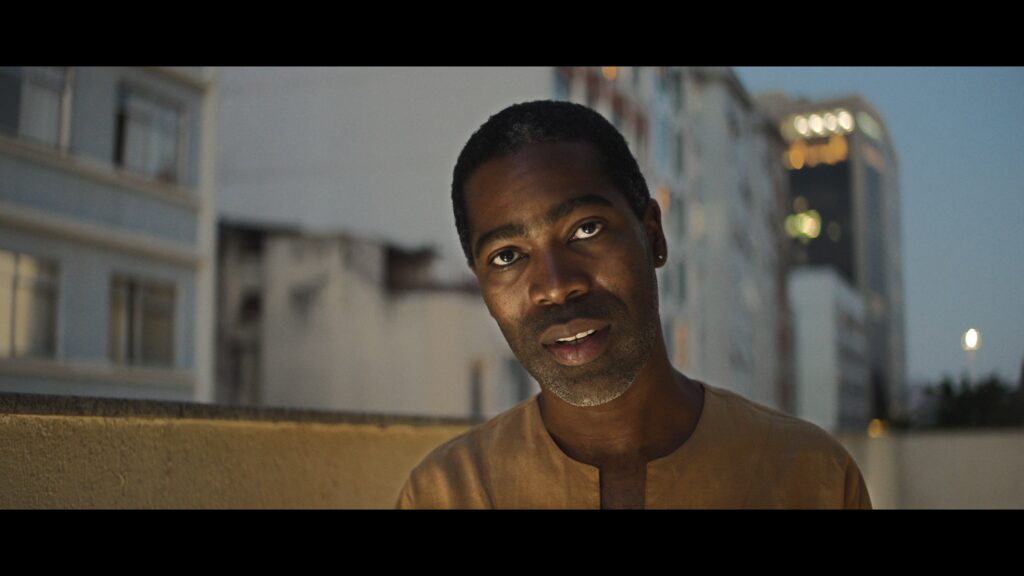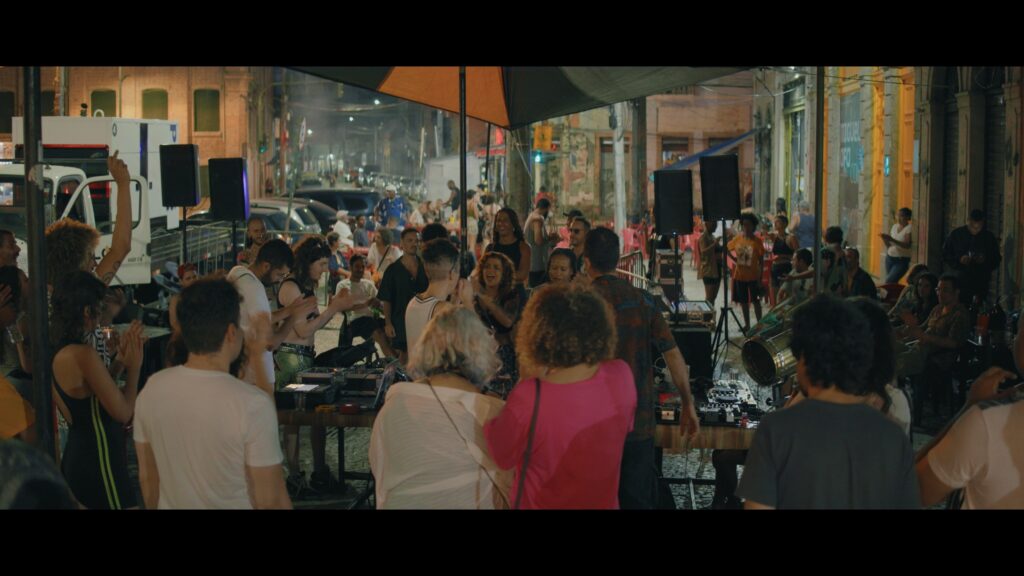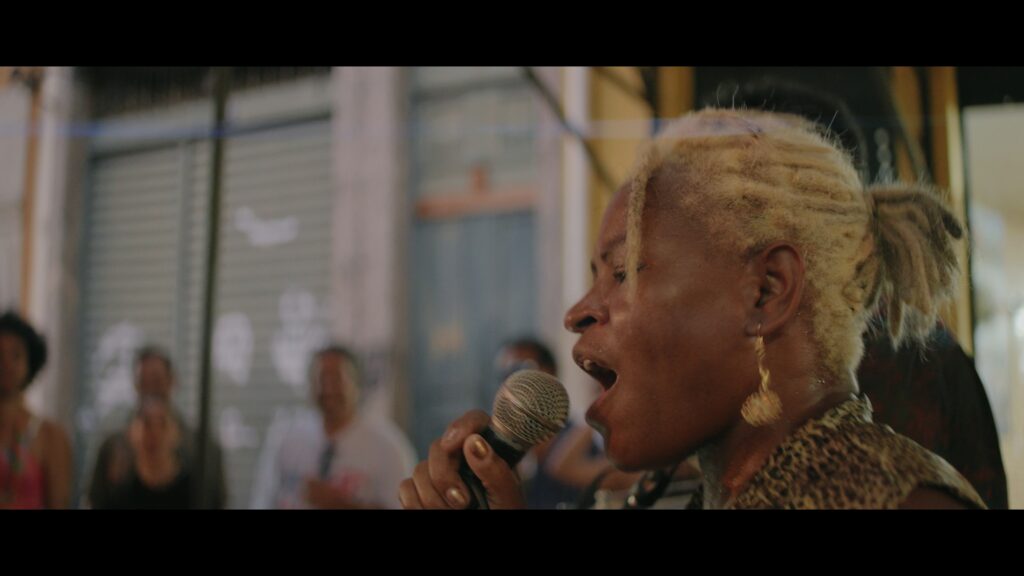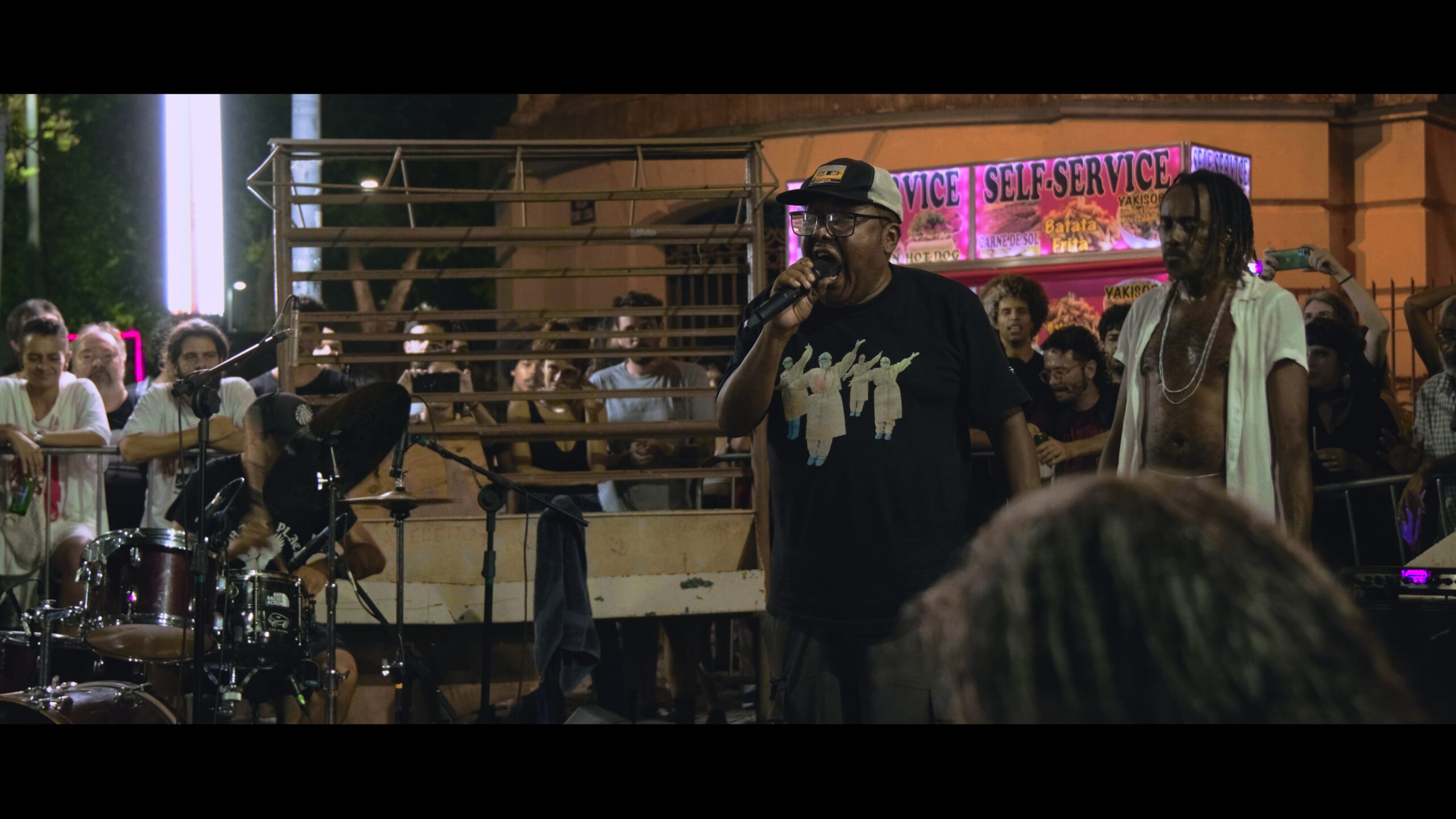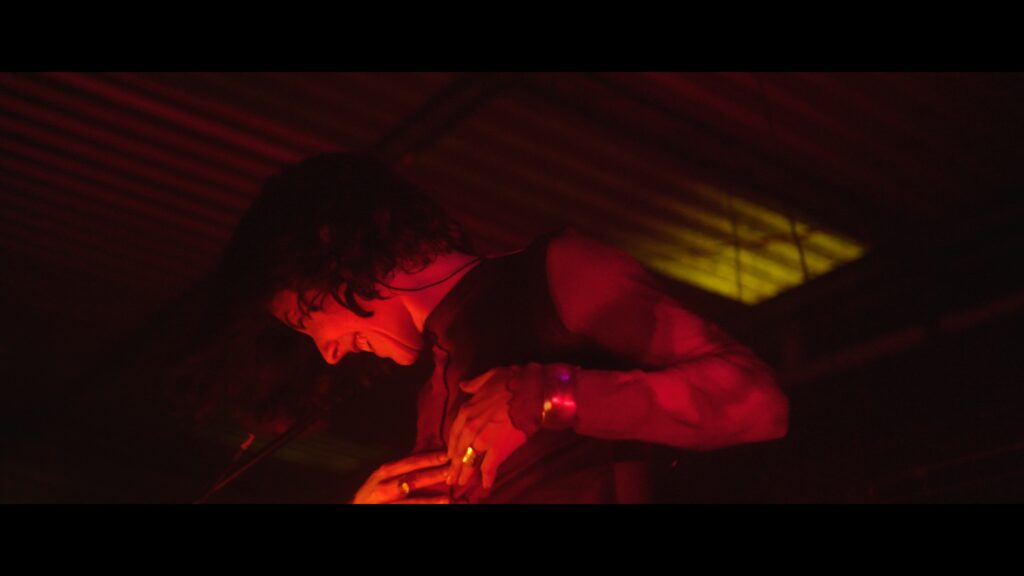novas
frequências
Riso ritual/ritual smile
Novas Frequências is Brazil’s most adventurous and experimental music & art festival. Founded in 2011 by curator Chico Dub, the Rio de Janeiro-based event has played host to pioneering experimental artists form Brazil & across the globe.
The festival curates and platforms artists in a way that means you are always experiencing artists in different settings, contexts, environments, during the day and night and always resetting focus. By doing this and being a location based festival, Novas Frequências is a festival experience like no other, the polar opposite to the field and single location festivals we have become used to and this is a breath of fresh air and deserves attention.
It also manages to mix Brazilian with international talent in a way that doesn't put the spotlight only on international and more well known artists, something that in Brazil is unusual as the country is still very American and international centric when it comes to lineups. It suffers from cultural cringe in many ways, however, there is a new wave of Brazilian experimental and underground culture breaking this apart and Novas Frequências is at the forefront of this movement.

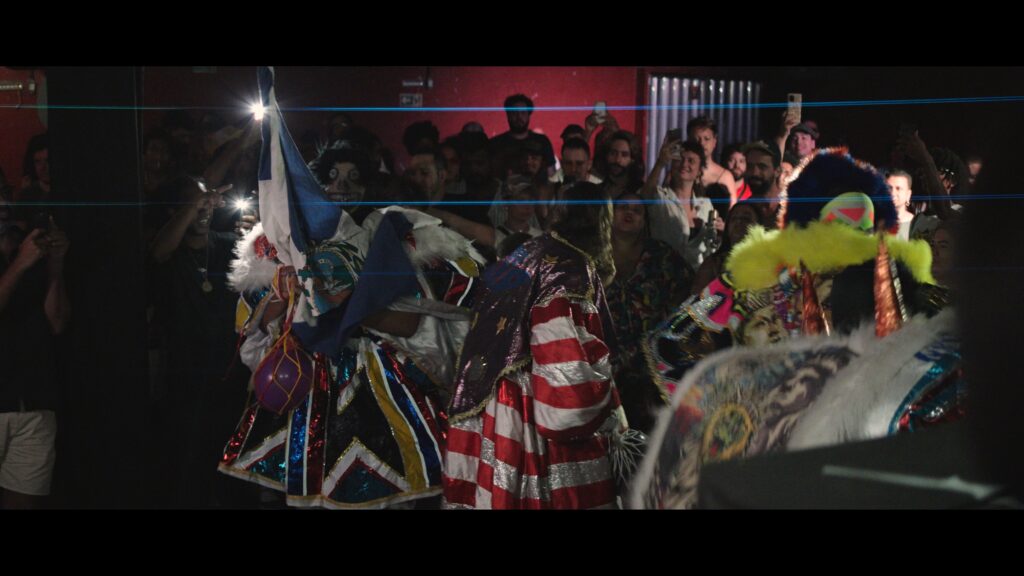
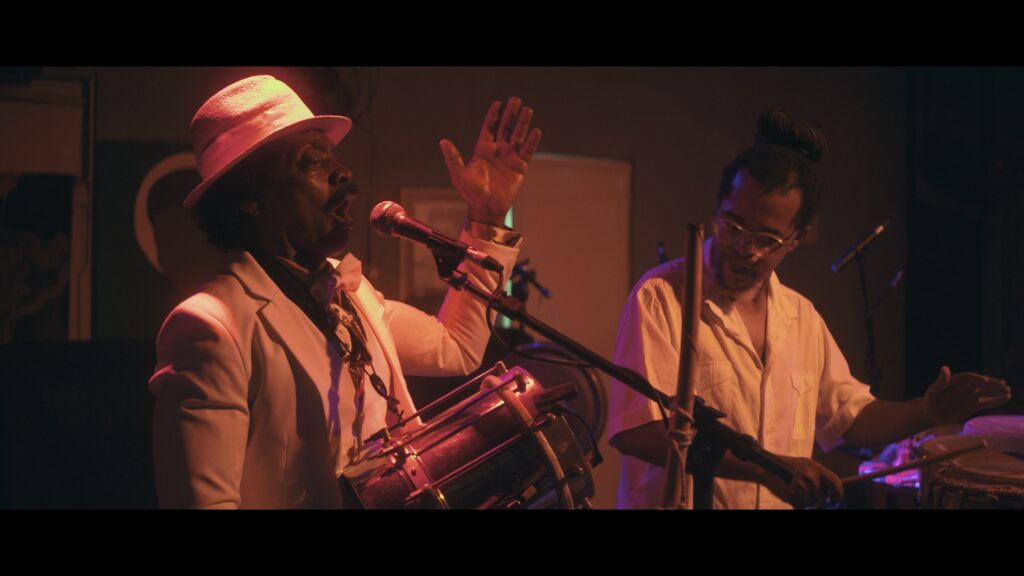
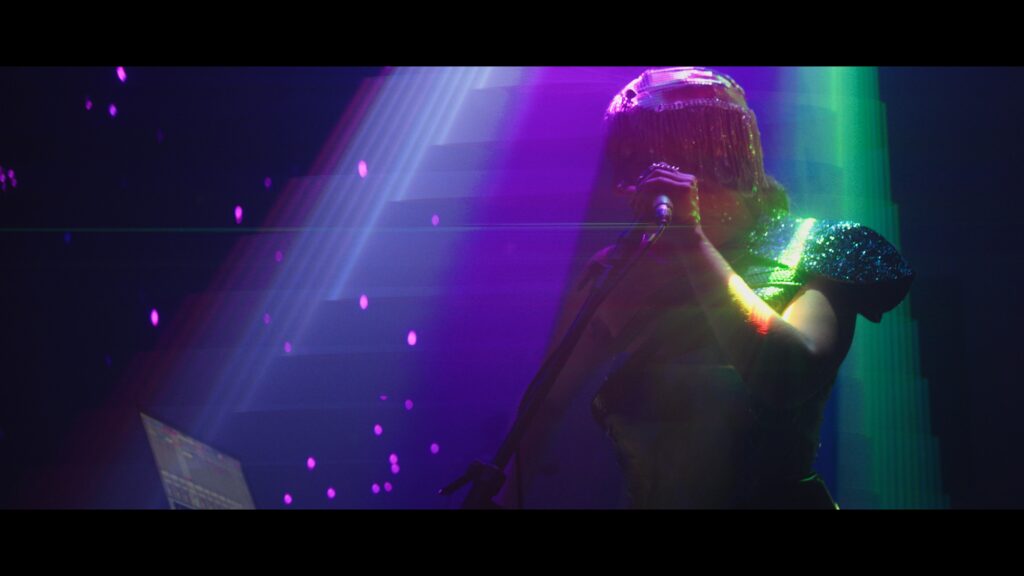
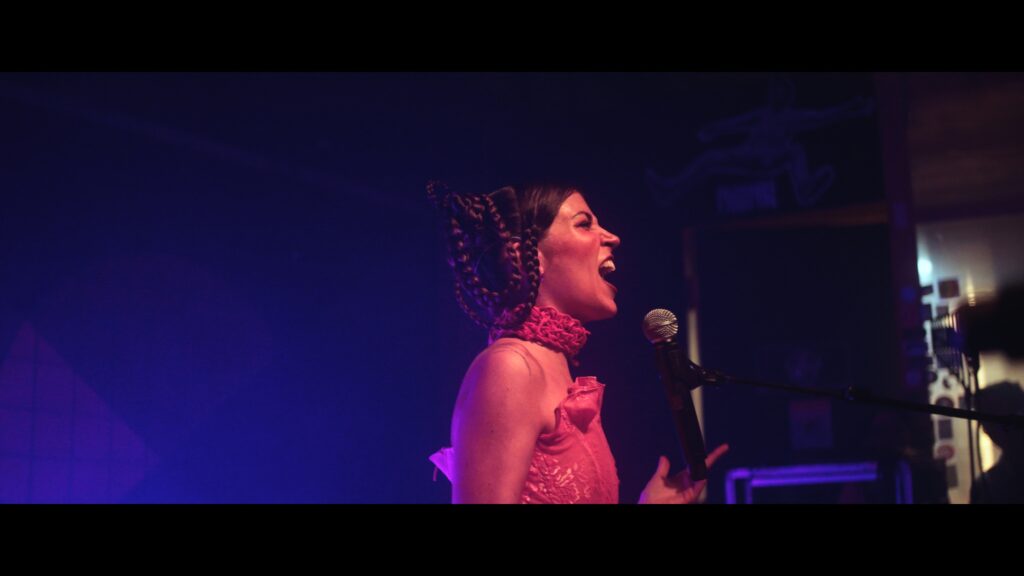
This film documents the 13th edition of the festival with the theme 'Carnival' or 'Riso Ritual/Ritual Smile', looking at what carnival means and the different ways we relate to it. Both in the literal and abstract ways and mixes the world of tradition and experimentation and invites people to carnivalise by applying this ritual and approach to their daily lives and not only reserve this to carnivals, festivals and certain occasions.
Experimental or non-mainstream music and art is often serious and lacks playfulness and openness. Novas Frequencias is trying to change this by embracing and celebrating Brazilian and Non-Western culture in an attempt to break away from this formality and expectation of how these mediums should be presented and experienced. How could warmth, openness and playfulness be present in these worlds?
Although Brazil is in many ways a collision of different peoples, cultures, ways of life and influences coming together, tradition and experimentation tend not to mix. More traditional Brazilian music such as Tropicalia, Samba, Bossa Nova and MPB and more experimental genres in Brazil such as Brazilian Funk, Grime and others that represent the contemporary sound of Brazil and push things forward, do not mix. Almost as if tradition should not be messed with.


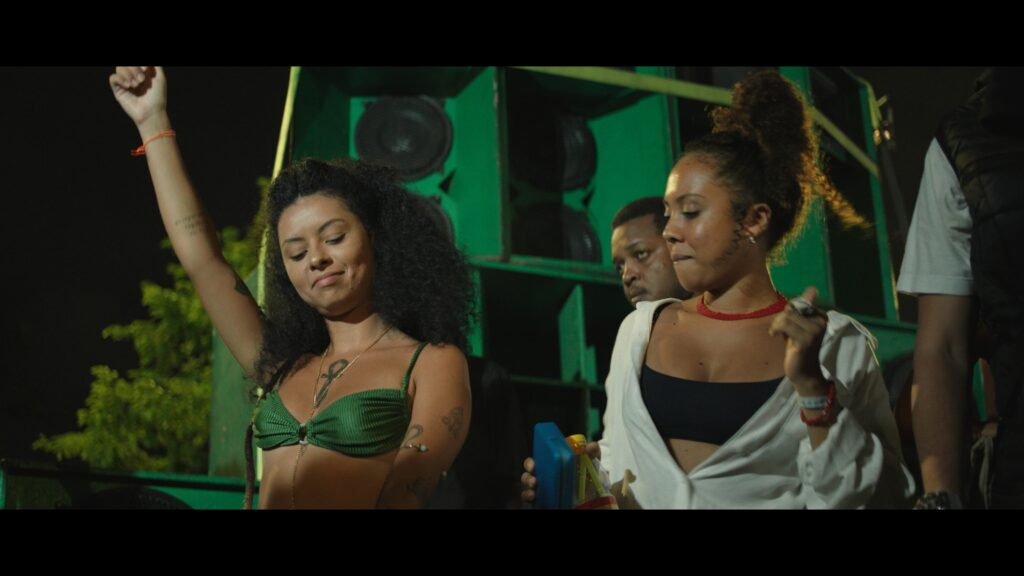
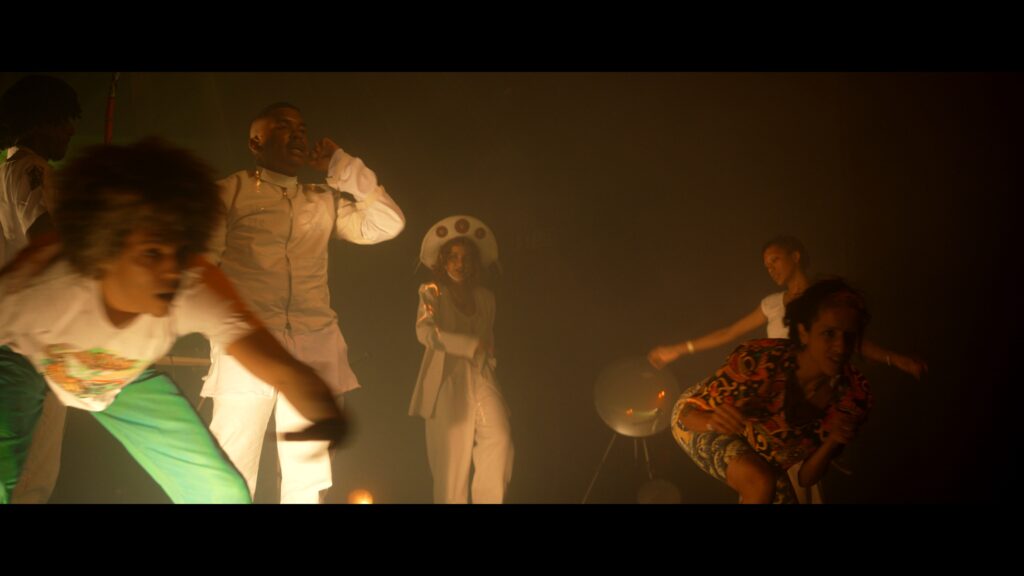
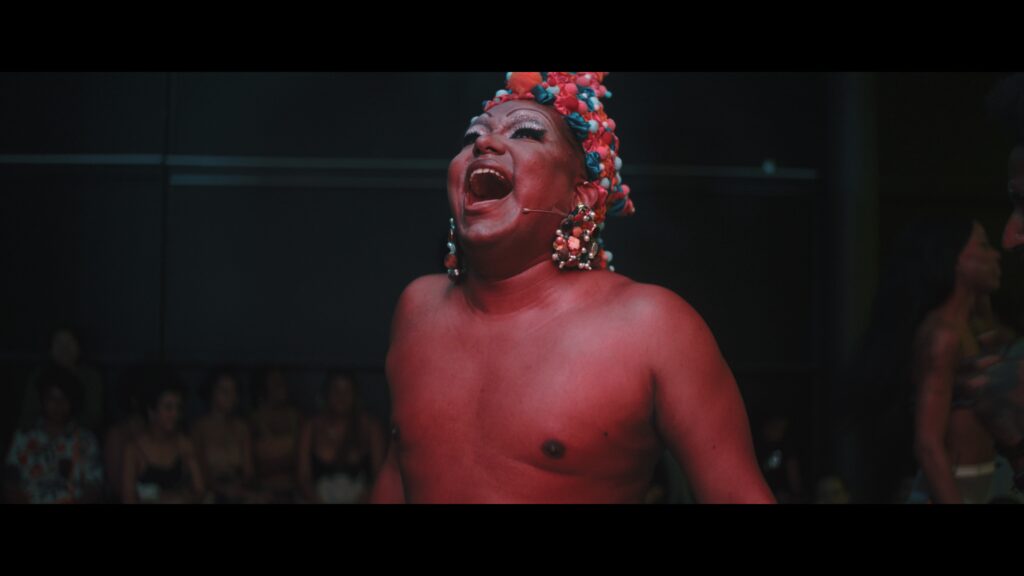
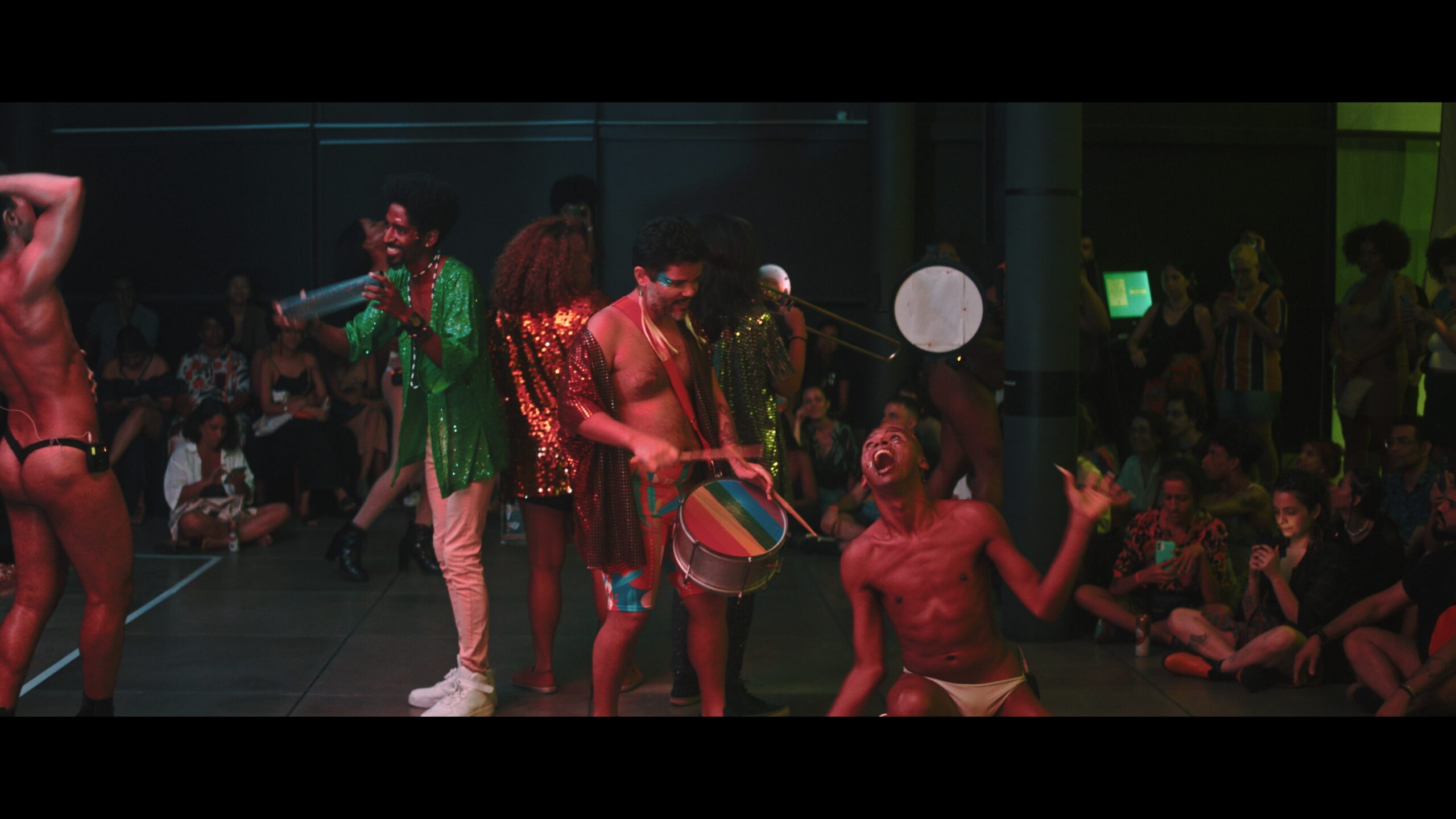
The festival's 13th edition of the festival attempts to find a place in between tradition and experimentation where both collide and collaborate. A provocative way of presenting experimental music and art.
Getting to make this film on one of my favourite festivals was an honour and my first film shot in anamorphic, which is a medium I have wanted to experiment with for a long time. I wanted to experiment and try to film an entire festival from the perspective of a punter attending the festival wherever possible and so I filmed all performances in a single take where I would move around the artist, audience and venue as much as I could so the viewer would hopefully get the experience of someone who was there watching it in person and immersed in the live experience, so this is the first film that I filmed entirely by myself with a single cinema camera.
I love the fact that this edition of the festival took place in many different areas of the city that wouldn’t usually be included in the conversation when it comes to culture and I feel grateful to all in involved for welcoming me to their communities in such a warm way. Filming in such areas and venues brought unique challenges and I spent a lot of time putting together a filmmaking set up that could allow me to be mobile, flexible and do video, audio and lighting where possible by myself. Everything you see in this film was shot with one cinema camera with anamorphic lenses and a drone.
The main challenges of filming this edition of the festival and in Rio de Janeiro to me were making sure I respected the local culture and didn’t make this film from a Western lens, respected the communities where we filmed and only filmed things they were comfortable with, that we let the contributors who we interviewed give the film narrative from their perspectives and didn’t impose ours onto them. Filming in Realengo was a highlight for me.
This film was originally published by Brazilian magazine Revista Noize and includes an interview I did with the publication noize.com.br/novasfrequencias.

